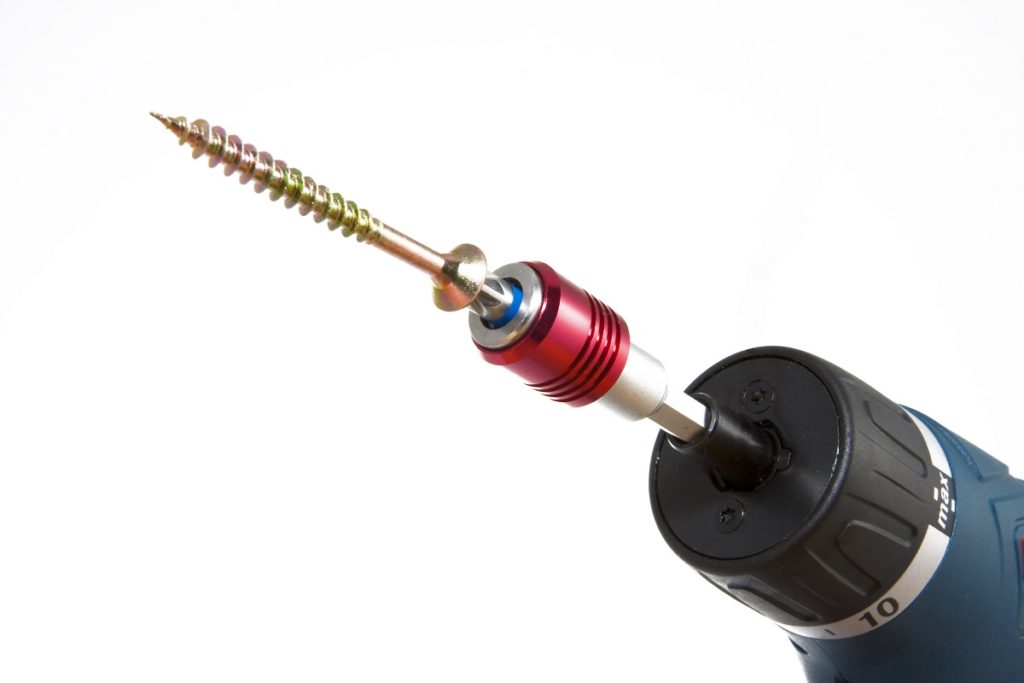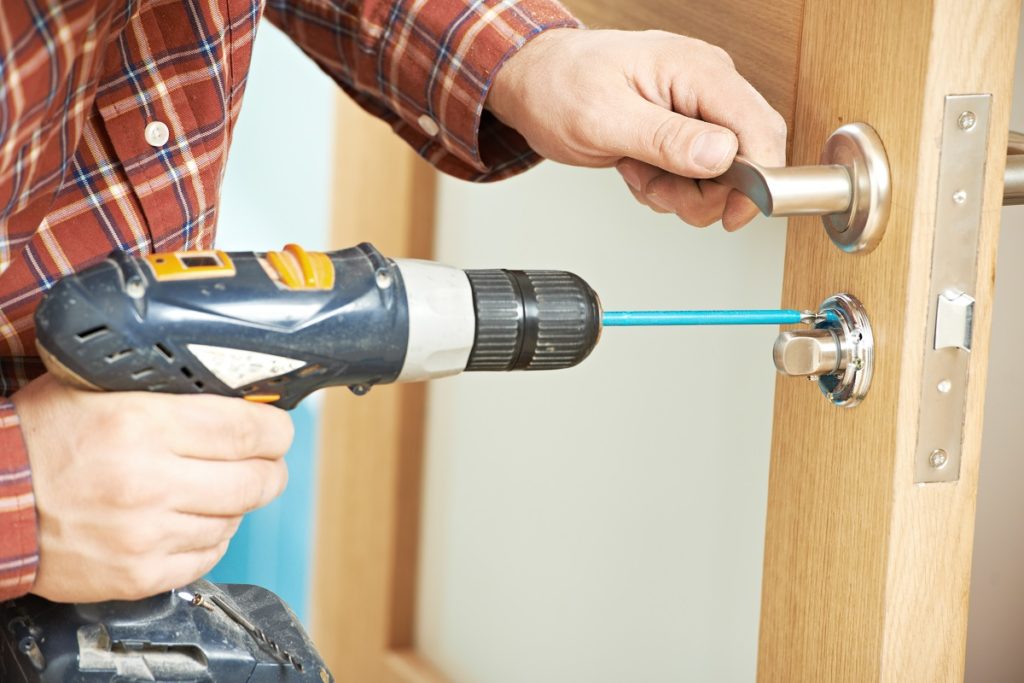What’s hanging? So you’ve moved to a new place, and you’re moving in furniture and other items that you’ve had from your previous home. Moving things around might have been a bit exhausting, but you’ve noticed that your new living room is a bit bare without any frames or paintings hanging from the walls. So you get your trusty electric drill, drill bits, screwdrivers, and your set of screws or plugs to make your living room feel a bit cosier.
But you realize that drilling isn’t as easy as it seems; you placed a hole on a wall with a drill bit that’s bigger than the plug. Sure, it might have gotten through smoothly, but it’s now a sloppy fit and can be easily dislodged since it’s loose. Not just that, but you can’t place the hooks inside because it only spins around inside.
No worries! We’re here to make sure that a nightmare scenario like that doesn’t happen in your case. So what are the best ways of avoiding these types of errors? For starters, you should be equipped with the right information.
Different Plugs for Different Drills

Before drilling a hole, you should keep in mind the drill bit that you’ll be using. A common rule of thumb that you can follow is the larger the screw that you are using, the larger the plug that you’ll need.
More importantly, plugs should only be for solid walls that are made of stone, concrete, and brick, excluding hollow walls such as plasterboard partitions. If you’re going to be drilling into slate or clay tiles, you’ll need to have your drill bit cooled while not applying too much pressure to avoid cracking.
Are you confused about what drill you should use for specific sizes and colours? Here’s a list that will guide you to which drill size corresponds with which colour. It is arranged from the smallest sizes to the biggest.
Wall Plug Colour—Drill Bit Size—Screw Size (measured in gauges)
- Yellow—5—6 to 8
- Red—6—8 to 10
- Brown (7mm hole)—7—10 to 14
- Blue (10mm hole)—10—14 to 18
Hollow Walls and Concrete-filled Walls
It’s also worth noting that when you’re drilling a hole a tiled wall, you won’t know if there’s concrete behind it or not. Unless you’ve got X-ray vision, the best way to tell if it’s hollow or not by tapping the tile to make audible cues. Louder cues mean that it’s empty on the other end, while tiles that create a more “muffled” noise mean there’s concrete on the other end.
Once you have determined if they are hollow or not, there are particular wall plugs for hollow walls that have toggling arms that can expand into the inner cavity or can be dropped in place with a fixing screw that can be threaded through it.
Since drilling can be a bit tricky, you can use a portable vacuum to take away surrounding dust particles near the hole.
Removing a Plug or Screw
Let’s say that you want to renovate your place, and a part of that process is removing the plugs. What you can do is simply insert a screw into the plug, give it a couple of turns, then pull it out. That needs to be done with caution since it tends to get trapped inside.
If it is affixed too tightly, you can grab the screw and give it a vertical wobbling motion, and it should come off. You can also use a hammer’s claw to get it off quickly.
For a step-by-step process involving plugs, all you have to do is:
- Measure the drill bit’s size and use the appropriate plug based on it.
- With your drill, leave a small shallow hole on the wall as a reference, make sure that the hammer action is turned off since the drill tends to bounce around.
- Now that you’ve placed a shallow hole as a reference, you can then turn on the drill’s hammer action to create the hole faster.
- Take the plug and push it directly on the hole. In most cases, it’s going to go through smoothly, but if it doesn’t, you can always get a hammer a give it a few gentle taps to get it through.
- Once it is in, you can then place your wall hook. To make sure that your wall hook or screw is affixed tightly, you can use your screwdriver to get it in place.
It’s a relatively simple process, and you’ll get the hang of it in no time. Now that you know how to install screws or plugs on different types of walls, you can start installing shelves, paintings, and frames without any problem!


